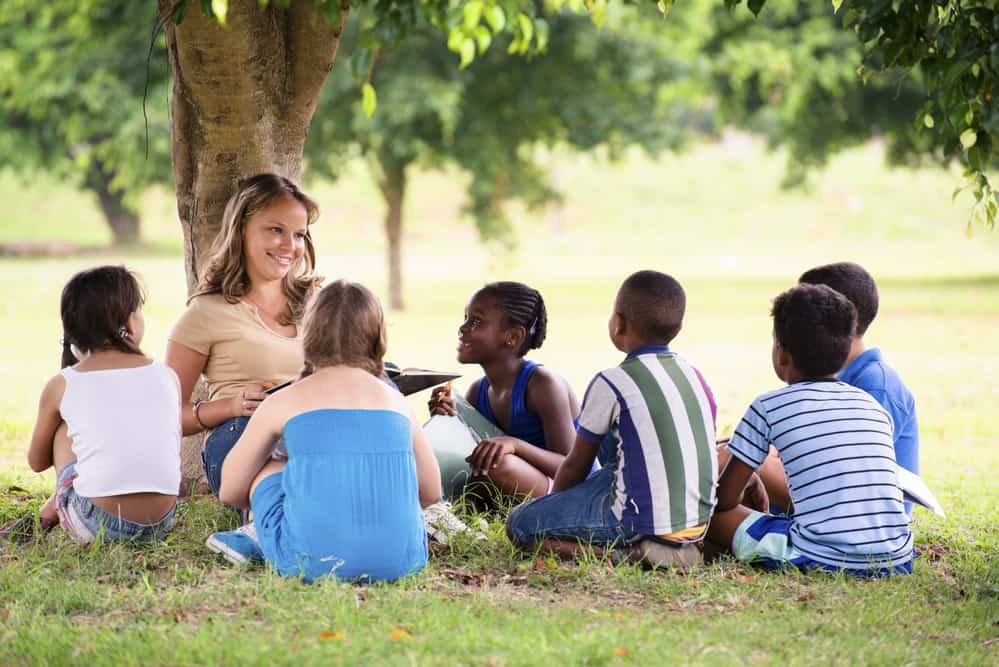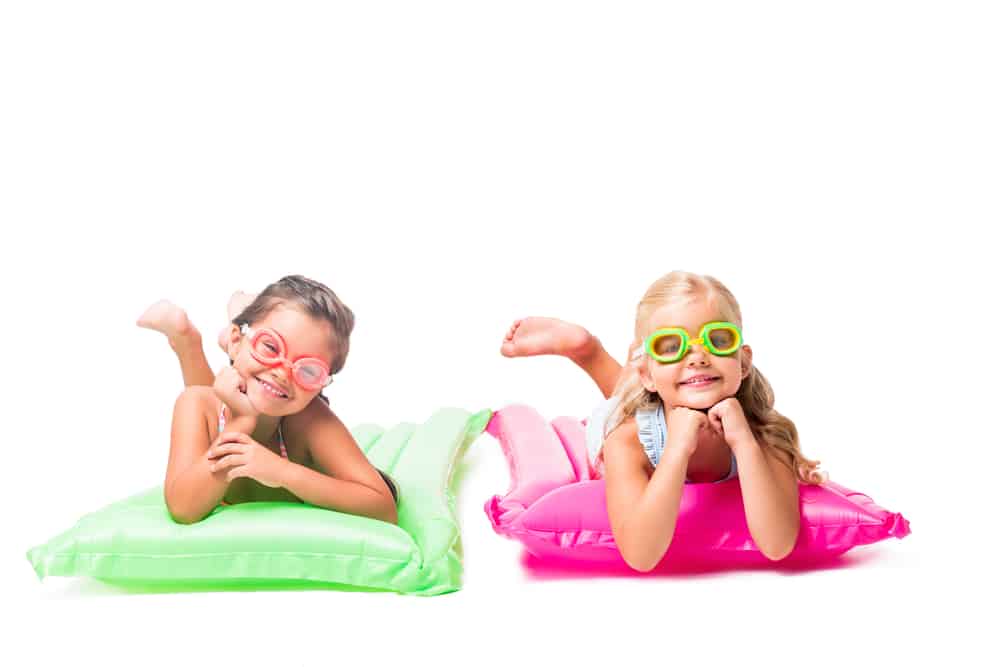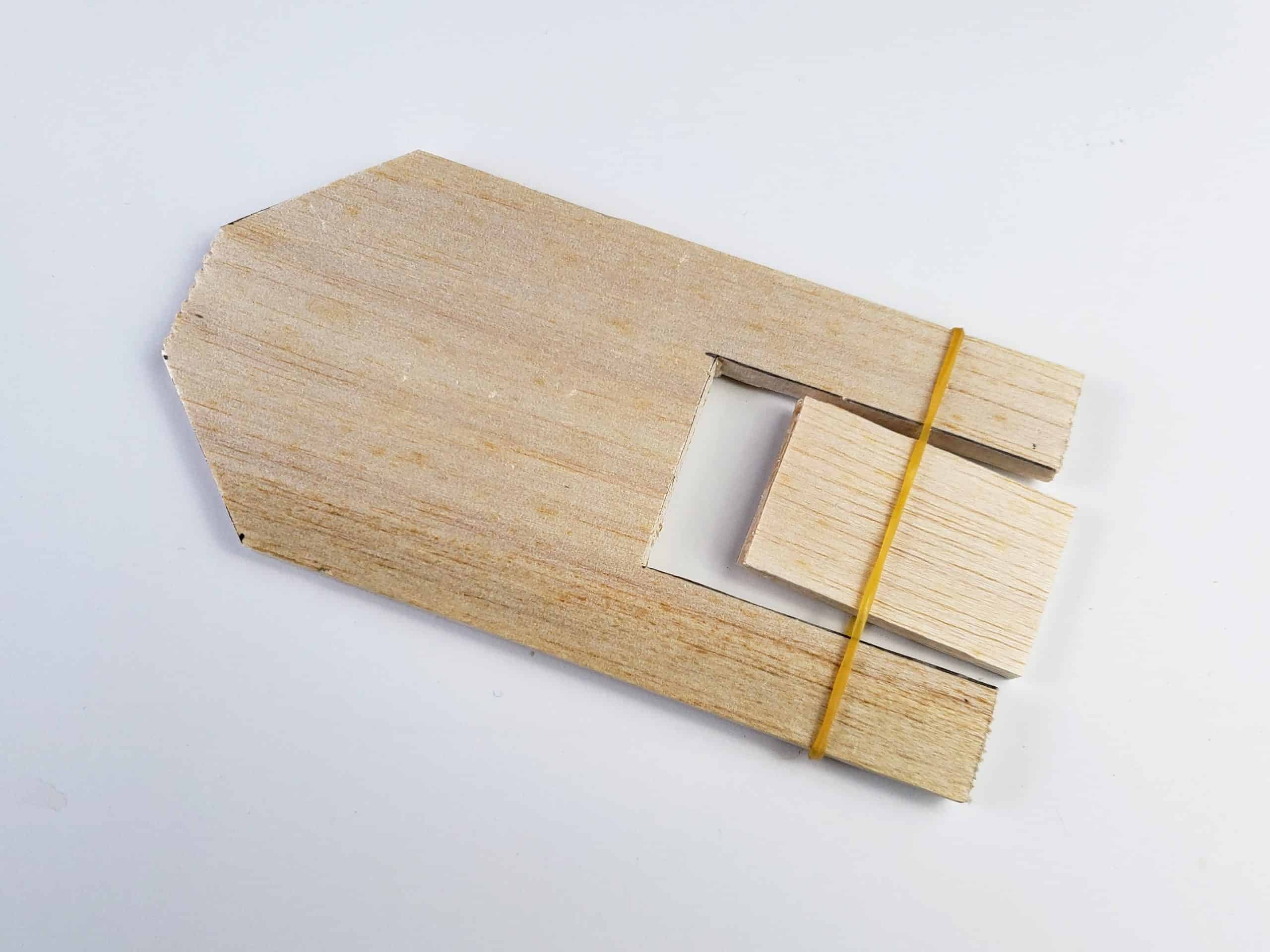For many, summer camps have become as integral a part of childhood as school. They provide a safe place for the children of working parents, allow kids to explore new activities and retain and continue their learning, and so much more.
If you do your homework and start looking early, it is possible to find affordable summer camps for the kids. But if you have the option (and the ingenuity!), you can create your own summer camp for your kids, saving money and earning memories.

Creating a summer camp
Summer camps can be expensive, from $100 to $400 or more per week. That’s pricey for one child, but if you have more than one, ouch! There is a solution: Do-it-yourself summer camps.
Team up with other parents to create a summer camp plan.
It’s simple: Each parent takes a turn having all the kids at their house. In my situation, we had three moms who each had two kids (our oldest and youngest were all the same age). We chose to have two camp rotations, meaning we selected two weeks over the course of the summer. Each week, one of us had all six kids for one day and therefore each of us had two days without any kids each week.
Do-it-yourself summer camp perks
FREE tuition for camp
The most obvious and biggest perk is the cost, FREE! There is a time cost, so having summer camp in your own backyard won’t necessarily work for everyone. But the cost-savings alone could make it worth taking a day or two off from work every so often.
Flexible age groups
Since it’s your summer camp, you and the other parents can decide what age-ranges will work best. If you go with the idea of a one-room schoolhouse, the older kids can work with the younger to do age-appropriate activities once they’ve completed their own.
Flexible times
You can choose whatever hours work best for you — could be 9 a.m. to 3 p.m., 8 a.m. to 1 p.m., 10 a.m. to 4 p.m., or any other time frame that fits your schedule.
You may choose one or more Monday-through-Friday weeks or you may choose two to three days a week over two or more weeks. Maybe Wednesdays are the only day that will work for some of the parents; you may choose do camp every Wednesday all summer or throughout July.
Again, this is DIY so it’s all up to you! After you’ve gone through the calendars and chosen your dates, it’s time to organize your camp. It’s nice to have some planned activities as well as some free time.
DIY summer camp activities and ideas

As any camp counselor can tell you, it takes a lot of work to keep kids busy all day.
Outdoor games
These are great to keep kids’ bodies and minds moving. Mini obstacle courses are always fun — jumping in and out of hula hoops, jumping rope, popping water balloons on a chair, crawling under broomsticks balanced on sets of chairs and other athletic options. “Freeze Dance” or “Sharks and Minnows” are great activities, too, as are simple things like Frisbee, bubbles and sidewalk chalk.
Check out our story about making your own DIY Giant Backyard Games and DIY Outdoor Toys for Kids. (Tip: If you’re making them anyway, let that become part of the craft time fun – with your supervision, of course. It’s good for kids to learn how to make their own fun.)
Summer camp crafts
It’s always nice to have one craft project thrown into the mix. Crafts give the kids a little rest and they love bringing their projects home to show Mom and Dad.
Using recycled items can help make these activities cheap — think gluing remnants of ribbons to empty paper towel rolls to make ribbon wands, or filling empty water bottles with water, a bit of food coloring, glitter and spare buttons (be sure to glue the lids on when done to prevent leakage) to make sensory bottles.
Older kits can make a rubber-band powered boat from found items or lightweight balsa wood; younger kids can help decorate it. If you have pets, an easy (and inexpensive) craft with almost instant gratification is to make a braided-rope dog toy. You can look online for more kids craft ideas.
STEAM Activities
Your crafts — and even backyard games — can incorporate the genius of kids’ engineering, along with science, technology, art, and math. Measuring a piece of paper so it’s the perfect size for your handmade card is a hands-on math activity, while decorating it incorporates art. Adding ingredients and watching the reaction in homemade play dough or slime is definitely science. Trouble-shooting the rubber band boat to get the greatest propulsion is engineering, as is building an obstacle course out of pool noodles.
Snacks and lunch
Depending on how the length of camp days, you may need snacks. Decide in advance if parents will supply the snacks for their children or if the host does. Popsicles, popcorn and cut up fruit and veggies are good options.
Get creative and fill some time by letting the kids make homemade juice popsicles in paper cups.
As with traditional day camps, campers should bring their lunches and drinks and have sunscreen already applied.
Water fun
As a group, decide if you are going to include water games, such as swimming, water guns, or other activities. One parent may not want to pick up a child in damp clothing, so make some guidelines about activities in advance.
Kids may also want to bring hats and swimsuits and towels (in case of sprinkler time). These inexpensive water toys are simple and fun, and will spin off some of that energy. Let the fun begin!
Camp story time

After the kids have used up some of their energy, a group story time on the lawn is a good time to sneak in some edu-tainment. Find lively adventure stories and read with enthusiasm, and outdoor story time will become a memorable part of the kids’ summer experiences.
Drive-in movie
Another summertime craft you could do that would tie in with your summer camp day is to let the kids decorate cardboard boxes like cars and enjoy a “drive-in” movie while you wait for parents to pick them up at the end of the day. The kids will be kept entertained while they wait and the supervising parent/camp counselor can sit on the couch for a breather!
You might like these other Living on the Cheap articles:
- Educational fun for kids of all ages
- How to find affordable summer camps
- Uses for pool noodles
- Boredom-busting DIY toys for kids


